-
Posts
4,746 -
Joined
-
Last visited
-
Days Won
119
Content Type
Profiles
Forums
Resource Library
Events
Gallery
Blogs
Store
Community Map
Posts posted by Mayner
-
-
I originally produced a 3d printed roof for the tin van kits, but ended up using a formed bass roof for the production version as the 3D printed roof tended to distort, taking on a banana shape
-
Large scale is more geared towards the narrow than the Irish Broad Gauge. If you have the money Accucraft do some very nice IOM rtr locos and stock which is reasonably close to the Antrim Narrow gauge, John Armstrong has produced live steam Irish 3'gauge locos
I don't know if anyone has done Irish broad gauge on Gauge 1 or G Gauge track Worsley Works would probably be prepared to blow up their Irish locos and coaching stock to run on G Scale track but building a loco would be nearer to miniature engineering than kitbuilding or rtr conversions which is why I stick to American narrow gauge
-
 1
1
-
-
-
Like the Donegal the Rio Grande Southern turned to internal combustion railcars for passenger and mail traffic in the 1930s including a nice little maintenance of way & switching railtruck Motor #6
Jackson County Crew check out Motor # 6
RGS Motors #1 & #6 outside the Jackson City Roundhouse
The photo kind of dispels a rumour that RGS Motor #1 was scrapped in the early 1930s and parts used to build #6.
# 6 was a brass RTR model produced by Berlyn Locomotive Works in 1999 & seems to have been bought for an investment and never run. #1 is a 10 year old Bachmann Spectrum model converted to DCC with a Lenz keep alive decoder, unfortunately the bevel gear in the back axle split about 12 months ago and spares are out of stock.
-
Amazing scientific research into something farmers and people work with animals have know about for aeons. Cattle have a quite rigid social structure that governs an individual animals position in a herd, their position in relation to the matriarch and no doubt who gets to eat the tastiest grass and herbs.
A bit like ourselves they have to follow and keep a respectful distance from their leader or there will be serious trouble
-
Model 4-4-0s are nose heavy & notoriously difficult to balance, One trick is to transfer weight from the front end of the tender to the loco.
This system was used by Mike Sharman a famous and controversial English modeller for small Victorian locos in the 1960s and an integral part of the design in Studio Scale Models tender locomotive kits.
Personally I prefer the "American" system of power pick up through the axle to wiper pick ups which are difficult to set up and adjust on a hand built loco.
DCC Decoder capacitance and settings may be an issue, the loco may run better on 14 rather than 28 or 128 speed step settings, I had similar problems with a Kato RS2 with twin flywheel drive and all wheel pick up
-
An interactive section with Lego or a Wooden railway and working models demonstrating the inner working of a loco (like in the Science Museum London) would be a big hit for families with small children and school groups.
My daughter made a bee line for the Thomas & Chuggington wooden railways at museums and heritage railways visited in the United States while the adults perused full sized exhibits, layouts and dioramas.
Like most museums commercial success depends on the café and gift shop.
-
If they ever produce a J15 I could see silver Metrovicks and green railcars in my future!
I think a larger more modern GSW locos such as the 321 & 257 class would be a better option than a J15 for a rtr resin & die cast loco.
Its challenging to fit a reasonably powerful motor inside a J15 boiler and find enough space to add weight and a decoder, it will be interesting to see how Hornby? will motorise the new Dean Goods.
Although he has a good head start I seem to be going through the same phase as Leslie explaining large packages containing steam locos arriving from the United States
-
That's a shame, John. Admire your ability to find a fix to the problem. Hope she works out!
It looks like the problem is solvable parts are available from Bachmann & Ultrascale have offered to manufacture replacement gears if necessary.
A replacement gearbox and parts to re-condition the existing gear box are on order, so a spare is available the next time a gear train wears out.
-
 Oh good grief my U Class arrived. I am in love........
Oh good grief my U Class arrived. I am in love........Very attractive model & good value for money when you consider a professional build of the Worsley Works U or the SSM S or PPs
-
Nine years after I started building the railway I am gradually shifting from G Scale to 1:20.3 or Fn3 for American locos and stock.
The modified Bachmann Connie 2-8-0 & Big Haulier 4-6-0 look reasonably close with the scale stock, but a used Bachmann Rio Grande K27 or Mudhen looked too good an opportunity to miss.
These locos were produced about 7-8 years ago by Bachmann and are now discontinued.
Track power was out so I quickly converted the loco to battery control to test clearances and see what she could pull
K27 #464 backs onto the turntable before working an Eastbound freight
Just about fits on the turntable don't need to build a wye or turning triangle yet.
The snow plough needs adjustment tending to stick in point frogs and check rails and lineside structures.
#464 preformed faultlessly with a heavy train for about an hour before refusing to run forward thanks to a tooth breaking off a brass gear in the gear box. Sent an e-mail to Bachmann to see if replacement gears are available, but more likely will need to commission a new gear set from Ultrascale or a local machine shop with the capability
-
There are a series of wonderfully evocative photos and I am sure a video of a U Class hauling a 5 coach westbound Bundoran Express up the bank across the peat bog out of Bundoran Junction sanding furiously to keep traction shortly before closure! I'll scan and post a copy when I get a chance.
The Express usually seems to have loaded to 4 coaches, while most Irish North passenger trains seem to have been made up with two coaches, bogie or 6 wheel van and a long string of bread containers
-
Recently read a piece from a rail industry manager where railfreight in small open economies like Ireland did not stand "a snowballs chance" in competing with road or coastal shipping. Railfreight from North Mayo survives mainly due to a cluster of industry and remoteness from a deep sea container port.
Cork, Dublin & the Shannon Estuary's industrial success is based on being in the vicinity of a port with good shipping connections eliminating the need for a long line haul by road or rail from factory to port.
Ironically a high proportion of rail container traffic is often moving empty containers about because of the imbalance in import export container traffic between ports.
-
Antex irons are probably among the best for model railway use and capable of lasting a long time. The choice of solder and flux depends on the use resin core for wiring the layout and electrical work, more specialist solders and fluxes for sheet metal work in kit and scratch building.
Lead & lead free solders don't mix so if you use the lead free solder supplied you will need a separate iron or tip with lead based solder.
I use an 18w Antex for general wiring and 25 & 50 watt Antex irons for the heavier jobs including kit building.
Asthma and nasal irritation from fluxes is probably a bigger risk than lead poisoning or metal fume, so Glenderg's plumbers paste flux or DCC-Concepts Sapphire flux is a better alternative to phosphoric flux
http://www.dccconcepts.com/resources/soldering-and-tools??id=all
-
The original module is basically an amalgam of features from the railroad yards in Binghampton New York. The parallel main lines and industrial buildings were inspired by the parallel Erie & DLWRR New York-Buffalo main lines through the city http://www.railpictures.net/photo/81259/

D&H U30Cs arrive from Buffalo as a pair of D&H U23B prepare to depart east towards Allentown
The Agway feedmill is a landmark at the south end of the old D&H Bevier Street yard http://www.railpictures.net/photo/92992/

Grain Elevator yard throat loco & caboose stabling point

The Binghampton model was extended to include two yard modules and installed as part of a 'permanent' loft layout in 2002. Power supply was converted to DCC with infra-red wireless operation. Switches on the module were powered by Seep point motors actuated by Triang-Hornby point levers, points in the staging and out in the country used Peco point motors controlled by Lenz Stationary Decoders

View of the yard looking East main line clear. Lash up of Alco D&H RS32 & RS11s & ex LV GP38-2s await their next assignment. A pair U23b await departure on track 1 My Kato GP38-2 unlike the real locos turned out to be un-reliable when converted to DCC & traded in for a pair of Kato PA1s & a pair of Atlas U23Bs may final N Gauge locos
Module baseboards were birch ply, track Peco Code 55 on cork underlay with Woodlands Scenic ballast, & very noisey
-
Some crossings are protected by separate home signals as opposed to treating the signal lamp as the home. The home signal is positioned at a distance from the gate to provide a margin of safety or overlap if a train overruns the signal.
In practice separate home signals were used where sighting distance was reduced such as curves. From a modelling perspective it would be more realistic to use a home rather than a distant signal as few of us have the room to place a distant signal a realistic distance from the gates
-
While most of the bankrupt North East roads lost their identity when they were merged into Conrail, the D&H I anything became more varied and colourful as it expand operations westwards towards Buffalo & Chicago, South and Eastwards to Newark, Allentown, Philadelphia and Washington. Motive power colour schemes became move varied as the D&H acquired a mixture of new and second hand medium power 4 axle locomotves. New "Lightening Stipe" G39-2 were joined by a fleet of nearly new GP39-2 from the Reading & GP38-2 & Alco C420s from the Lehigh Valley. The second hand locos continued to operate in RDG Green &LV Red, The D&H introduced a solid blue scheme with tiger striped ends before reverting to the traditional blue and gray lightening stripe scheme before the 1980s GTI takeover and bankruptcy.
There seems to have been a certain amount of asset stripping in the late70s when most of the high horsepower 6 axle Alco & GE Units and the PA1s were exported to Mexico. Ironically the big Alcos returned in the 90s when Canadian Pacific took over operation of the D&H
-
The website looks well. Unfortunately the video showing the i3 running didn't impress me, the chassis did not appear to be running free and started and stopped rather abruptly in an unprototypical manner. Could have been the hand on the controller or the apparent lack of double flywheel on the chassis. IMHO models need to be able to appear to operate prototypical accelaration and braking speeds smoothly and capable of ultra low speed running as well as look prototypical. One without the other seems expensive. In this day and age not having online payments on the web site seems an omission. Good luck to them.
Review of OO Works Brighton 4-4-2T. The mechanism in the U Class is likely to be similar to the 4-4-2. Perhaps OO Works might follow up with a T2 4-4-2T a close relative of the U family and the standard passenger tank loco a must for GNR modellers.
Its difficult to fit a decent sized flywheel fitted motor to most Irish steam classes let alone a double flywheel motor, there simply is not enough room in the boiler. The OO Works chassis looks similar in principal to the Hornby T9 and likely to require running in if fitted with Romford wheels metal gearing and built to closer tolerances with less slop than mass produced rtr locos.
The upside is that the loco is likely to last longer and running will improve over time, at a stage the mass produced locos are only likely to be fit for a display case or the bin.
-
The Rosslare Harbour-Macmine may have been the North Wexford passenger some of the Waterford trains worked to and from Wexford, Westand Row-Rosslare services were railcar worked often with ex GNR BUT railcars.
There are several colour photos of the North Wexford passenger train before it went over to diesel in the two Irish Railway in Colour albums published by Tom Ferris about 20 years ago. The usual steam hauled consist seem to have been one or two GSWR or GSR coaches in green sandwiched between a pair of tarnished silver luggage vans.
Its difficult to see CIE bothering to provide more modern black and tan stock & a heating van when the service went over to diesel haulage before the line closed
The Dapol GWR signals with the finial chopped off new arms and a re-paint might be an option for signalling the layout.
-
Kato RS2 switching industries
LV "Snowbirds" leading a South bound through the yard The release of the Atlas C628s filled a major gap for modellers of North east roads such as the D&H & LVR in the 60s & 70s.
U30c heading a North Bound across Harpersville Trestle
PA1s on a Northbound freight
EL SD45s
The move from an attic in Dublin to a garden shed in Auckland opened up enough space to change from a folded 8 to a dogbone track layout with a peninsula down the middle. I was originally intending to build an On30 narrow gauge layout in the space available and went back to N because I could not fit in the RGS Orphir loop in the centre isle.
Most of the new layout did not get beyond the baseboard and laying the main line stage the layout was dismantled and the modules stored following a move to Hamilton and I moved up from N to G Scale in the garden
-
Some photos from a modular layout started in Ireland nearly 20 years ago, that made it to New Zealand.
The camera never lies LV GP38-2 in Conklin Yard Binghampton
Wood chip paper on attic ceiling photoshopped out! The locos were re-paints of kato CSX GP 38-2 locos.
In real life all LV GP38-2s went to the Delaware and Hudson on "C Day" and ran in LV colours for several years with LV decals blanked out. I had another pair repainted into D&H solid blue scheme.
D&H U 30c & SD45 lead a northbound through the yard
Track was Peco Code 55 which looked a lot better than the Code 80 usually used in N Scale
layout has been stored for the last 8 years or so
-
I think it's ex-C&L rather than CVR, JB...
The Stradbally coach was built using the bogies and cut down underframe from 7L the C&L Bus Coach. This coach was re-bodied as a brake 3rd in the 1950s with a bus style body similar to the West Clare railcar trailers
The modernised C&L coach 1L went to the West Clare & then BnM, but was destroyed in a fire shortly before the Irish Narrow Gauge Trust started scouring the country in search of narrow gauge coaches.
-
Great looking layout Patrick, the walk around layout and presentation really lift it above the average. Signals would really finish it off and confuse American railroaders!
-
GSR/CIE 650 Class superheated round topped boiler Inchacore cab
MGWR Ks/GSR 650 Class superheated round topped boiler round canopy cab, open coal rails tender as running 1916-Mid 1930s
I am accepting expressions of interest in this loco kit for release in mid-late 2017.
The design of the loco is at the final stages updates include (non working) inside valve gear and slotted valences for locos in CIE condition.
Jeremy Suter is preparing the patterns for the castings which are also suitable for the Midland Standard Goods & Achill Bogie. Jeremy once produced a small range of Irish wagon kits and prepared the patterns for the castings for the JM Design MGWR Vans.
The kit is designed for OO or 21mm gauge and can be assembled in late MGWR early GSR condition with canopy cab saturated or superheated round topped boilers or GSR/CIE condition with Inchacore cab and superheated boilers.
The 650 Class worked DSER suburban and main line services, in addition to MGWR branch and main line workings.
.png.c363cdf5c3fb7955cd92a55eb6dbbae0.png)

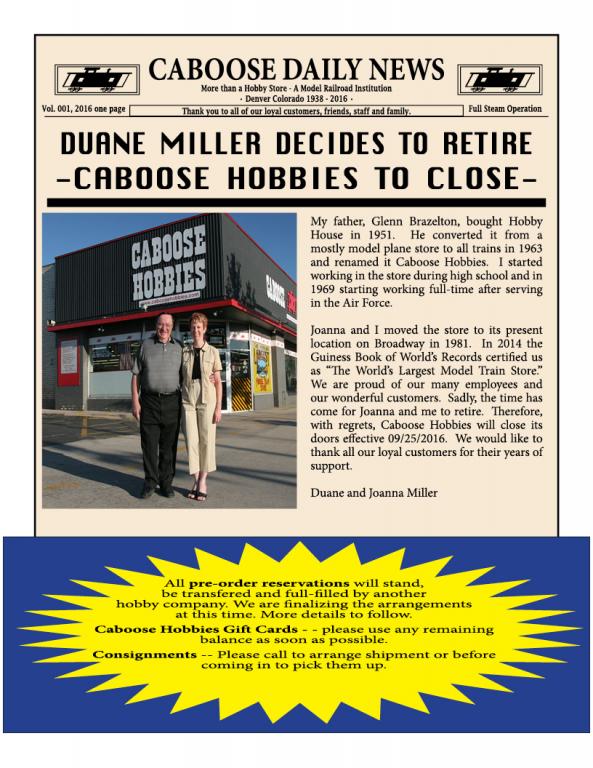
.jpg.b4e8fb20ba8ef1d9481b282b8daf9c17.jpg)
.jpg.2842a88d40edbacb9a4db5767f56bb0c.jpg)
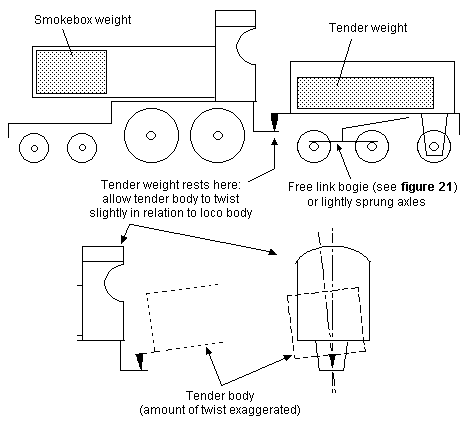

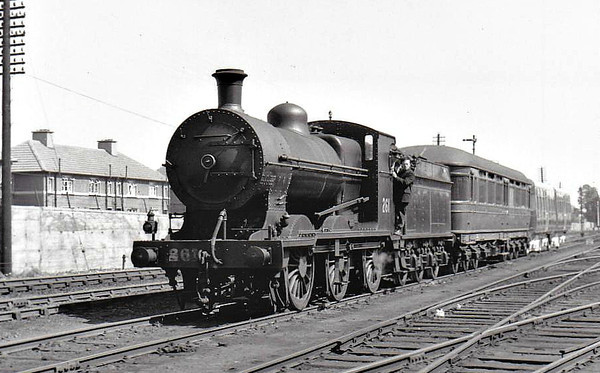
 Oh good grief my U Class arrived. I am in love........
Oh good grief my U Class arrived. I am in love.........jpg.73f7b336bf84dd9febf3b0251ab93d27.jpg)
.jpg.157227d8c610ec5345a6555a1805378e.jpg)
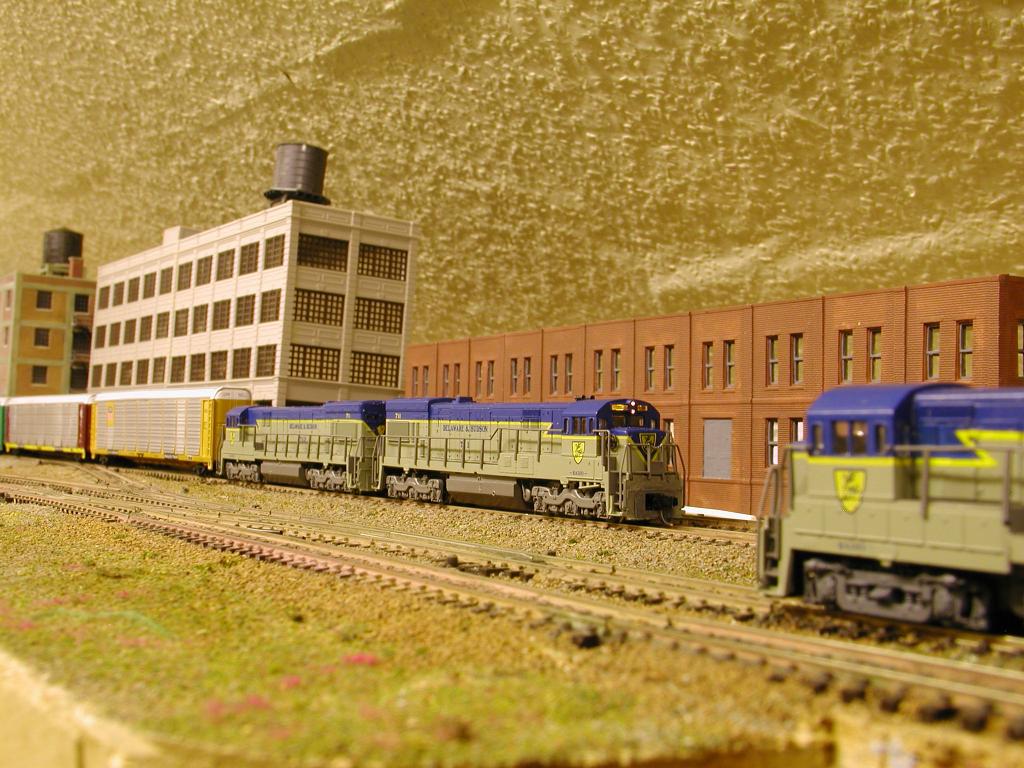
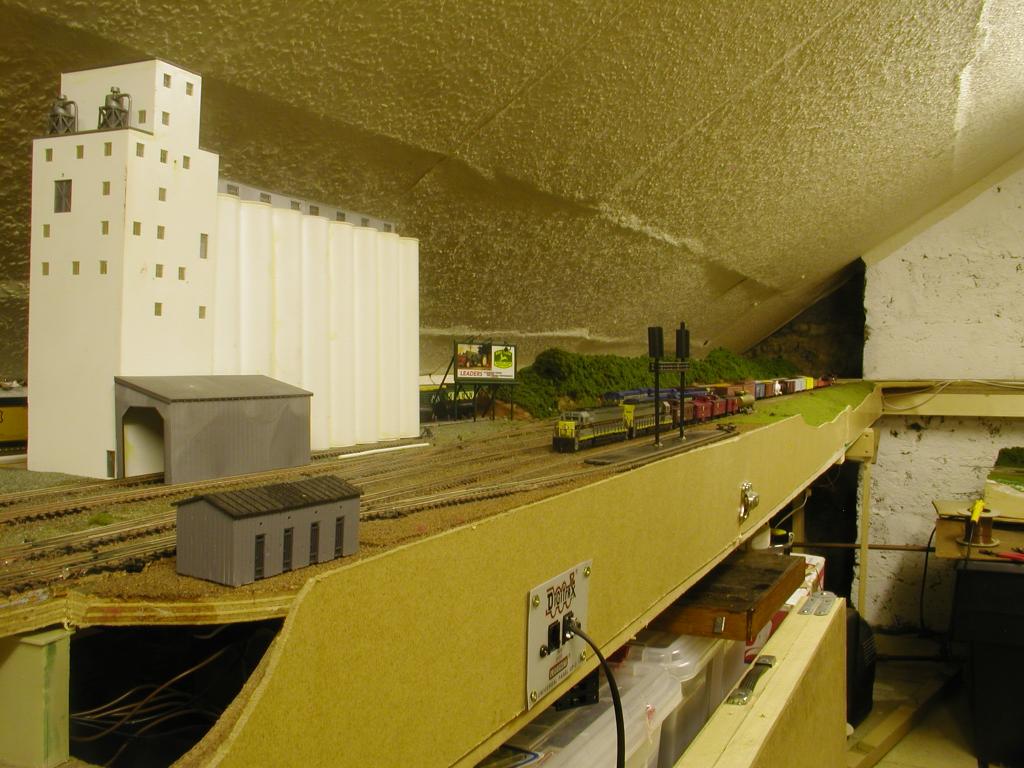
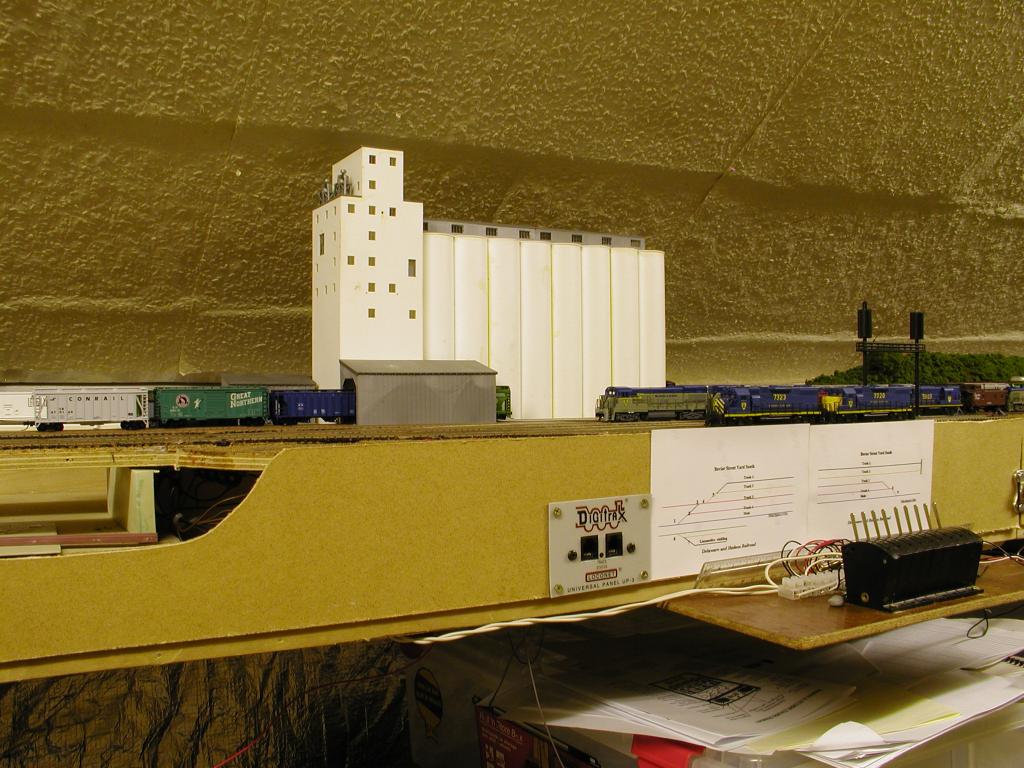
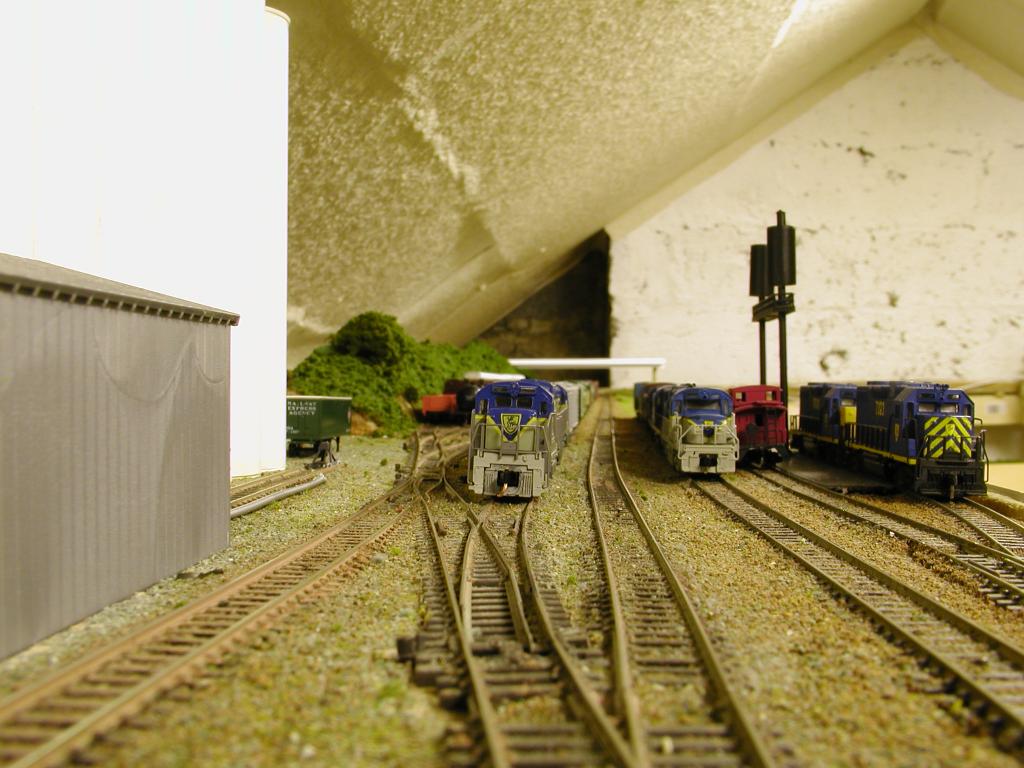
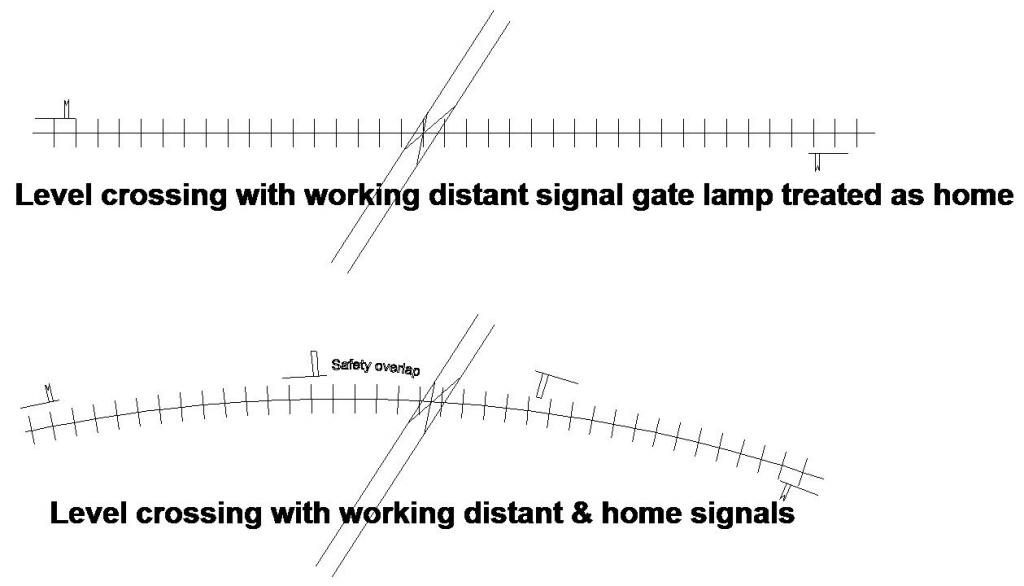
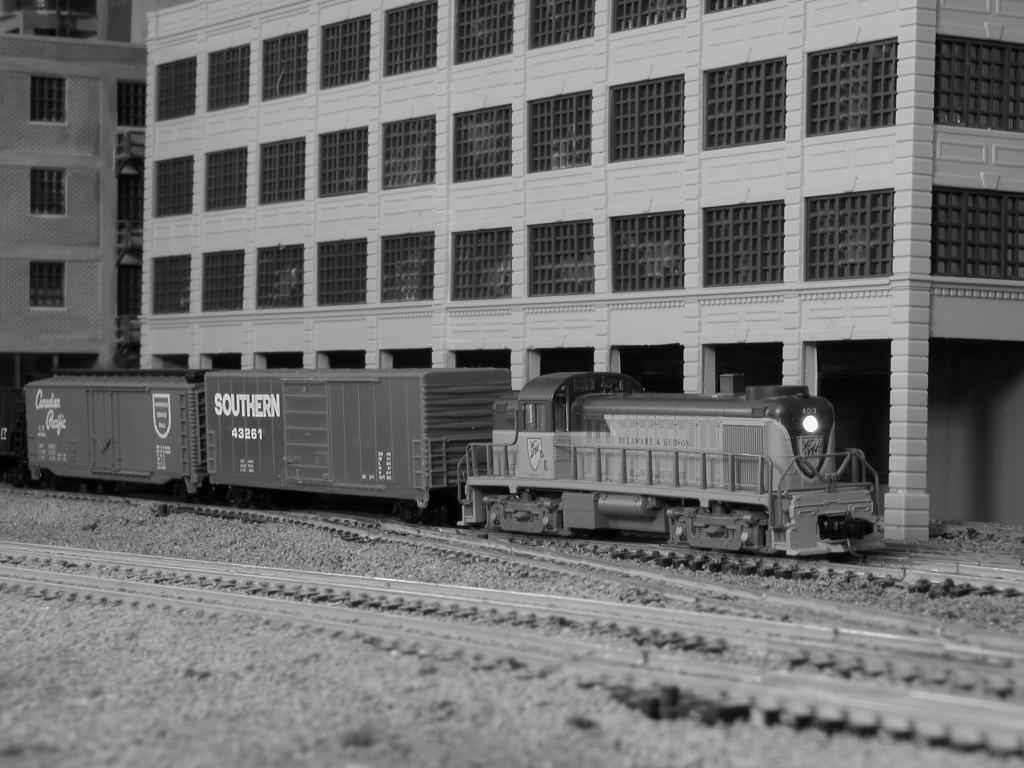
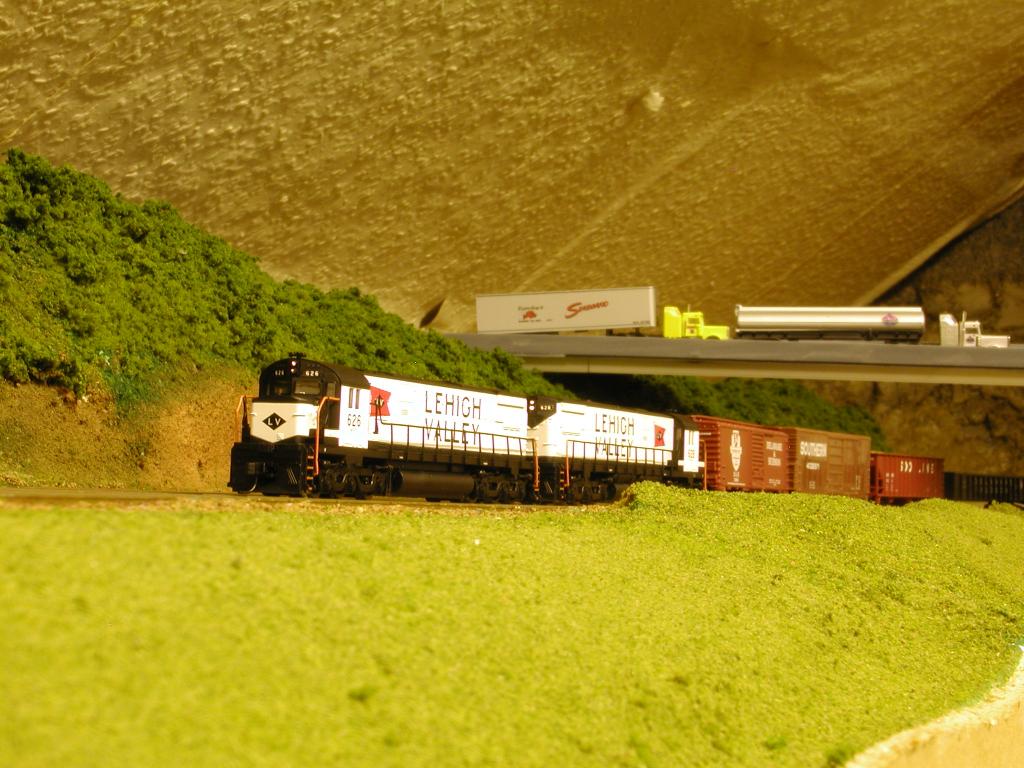

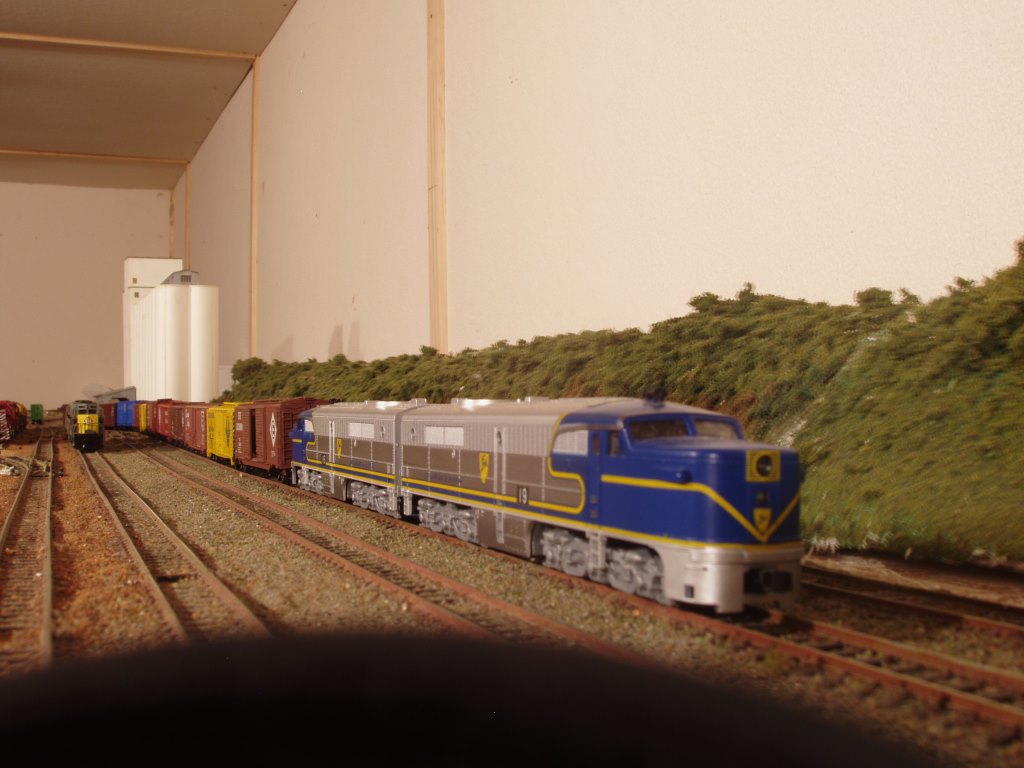
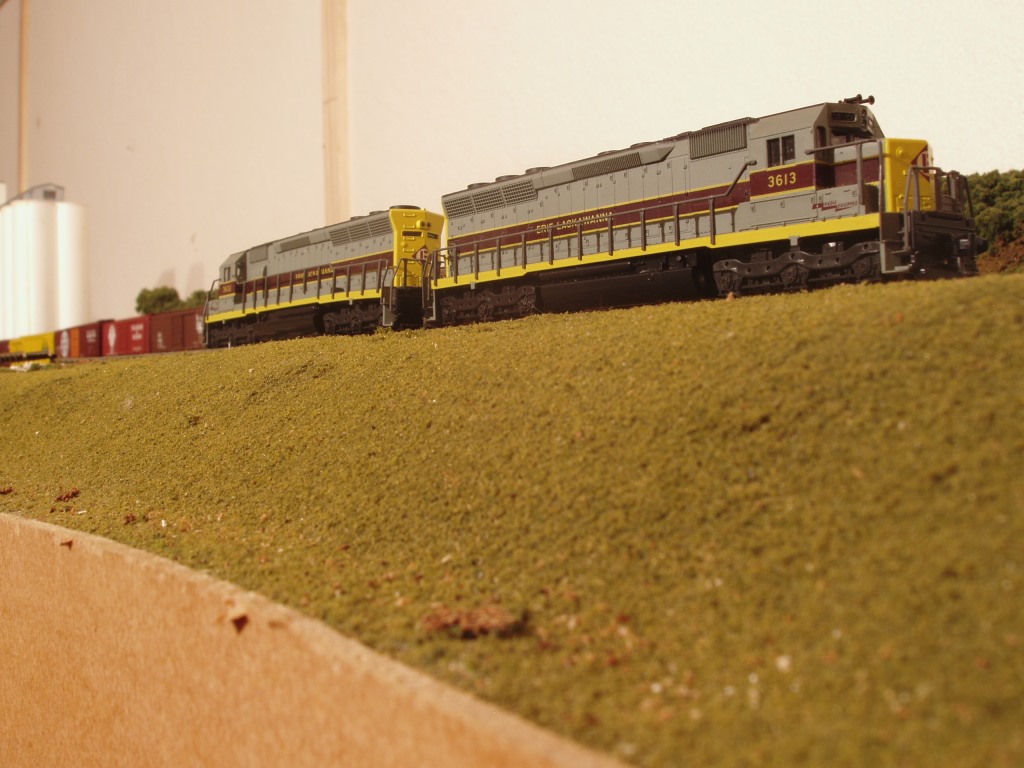
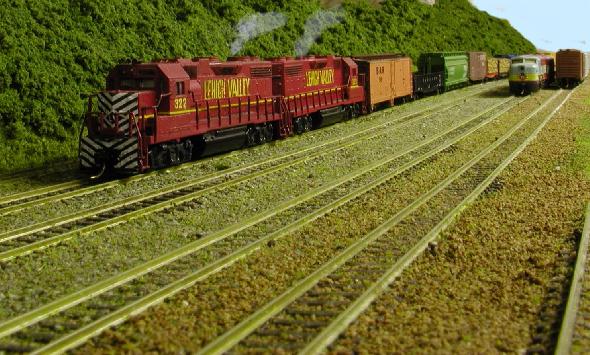

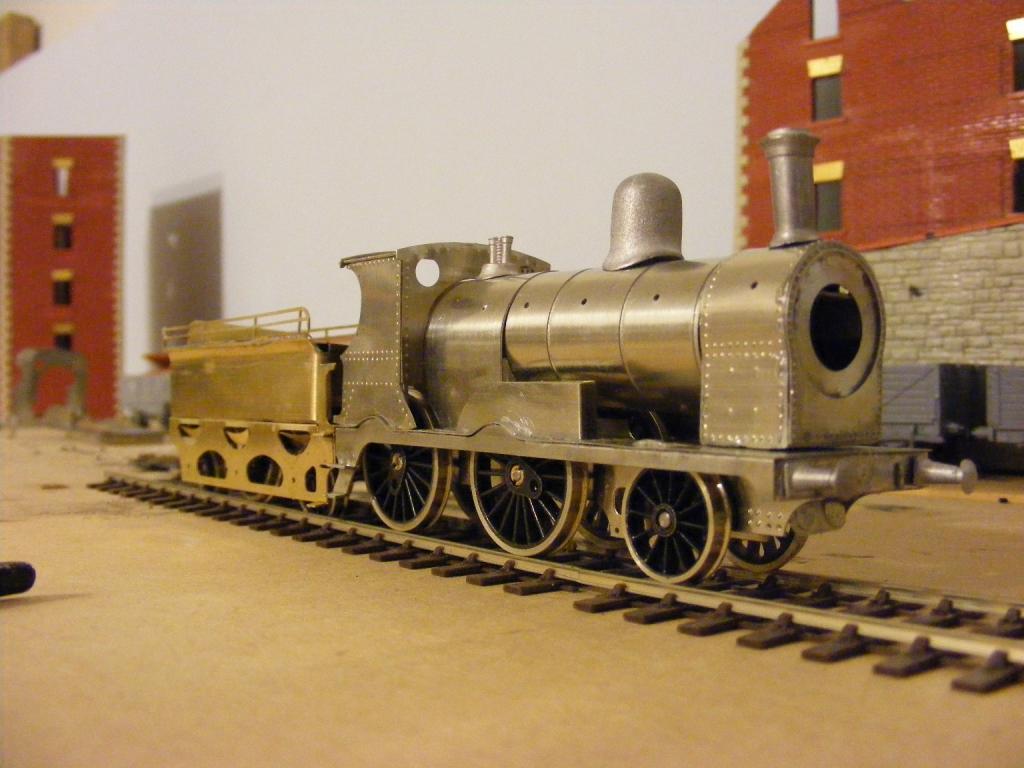
Digikeijs DCC controller
in Weblinks
Posted
I just don't understand why a manufacturer is introducing a train set style of control counsel controller in an age most serious users use hand helds. The major DCC manufacturers like Digitrax, Lenz and NCC work on an entirely different business model to the Apples & Micrsofts of this world. Based on product support and customer loyalty as opposed to planned obsolescence which forces a customer to replace their hardware and learn to understand a new user interface every 3-5 years as the IT industry ceases to provide support for existing products and upgrades software.
Personally programming CVs does not bother me, the only one I ever change is a locomotive address, I have had 16 years excellent service from my Digitrax system while we count ourselves lucky to get 3-5 years out of a laptop and even less from an I Phone or Galaxy.
Its possible to interface DCC with a WiFi system, but I prefer a throttle with physical controls that click when I am running a locomotive than looking at a screen